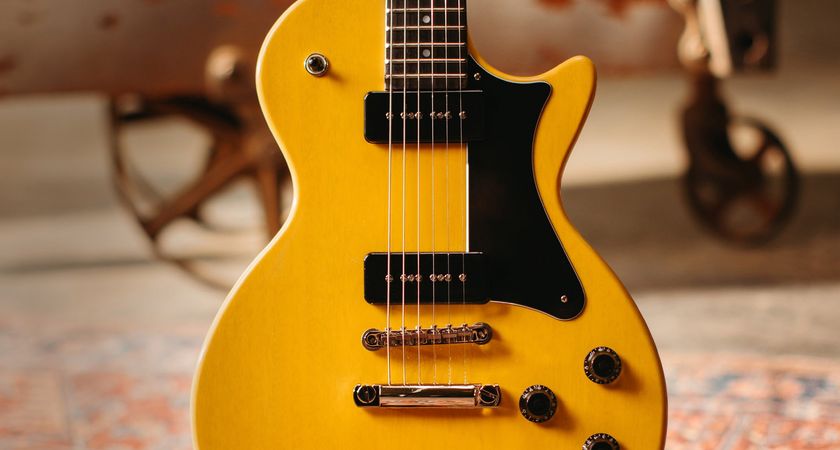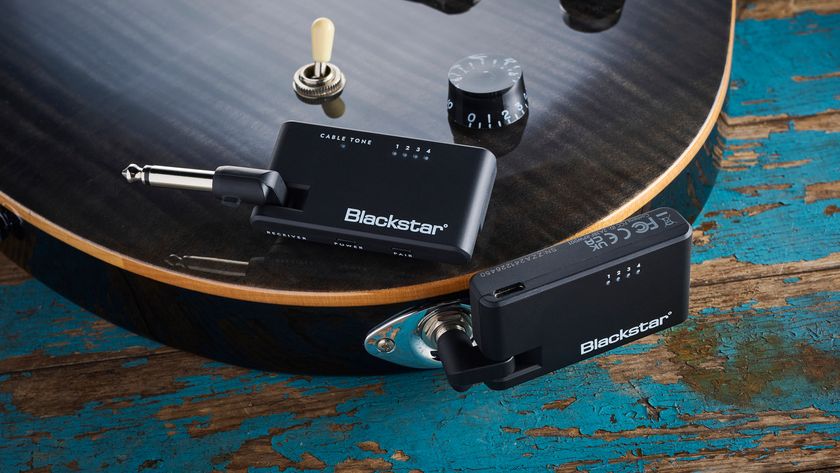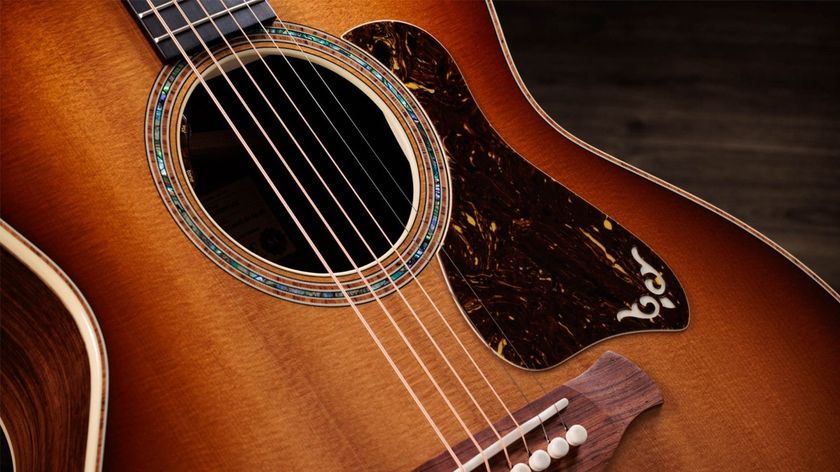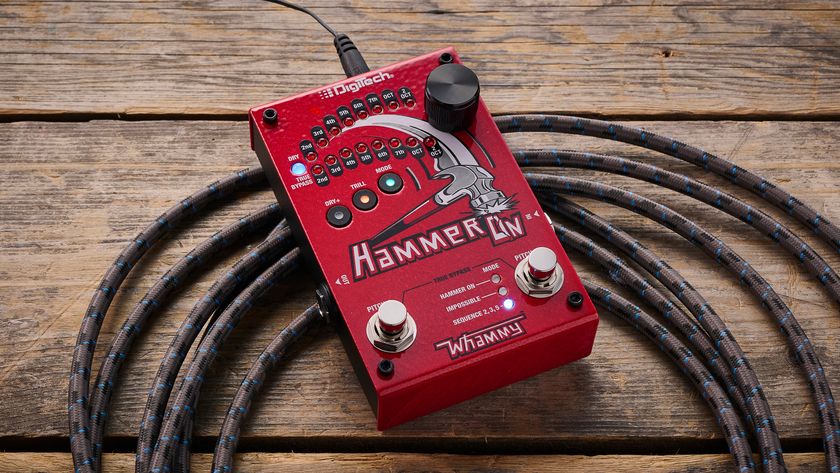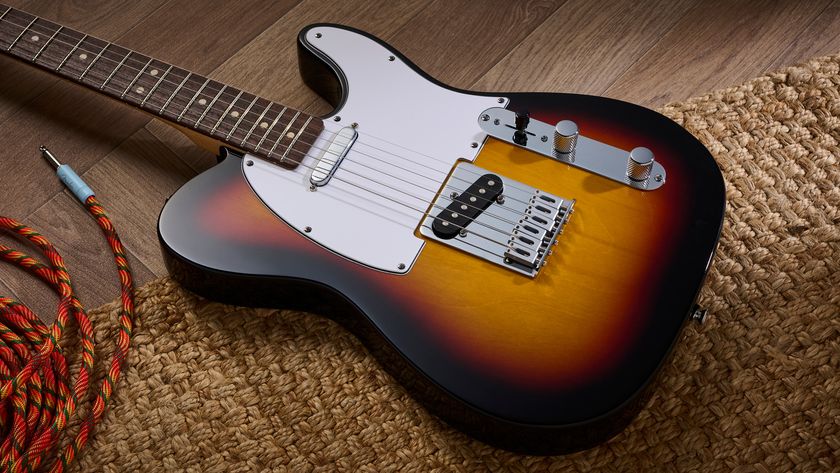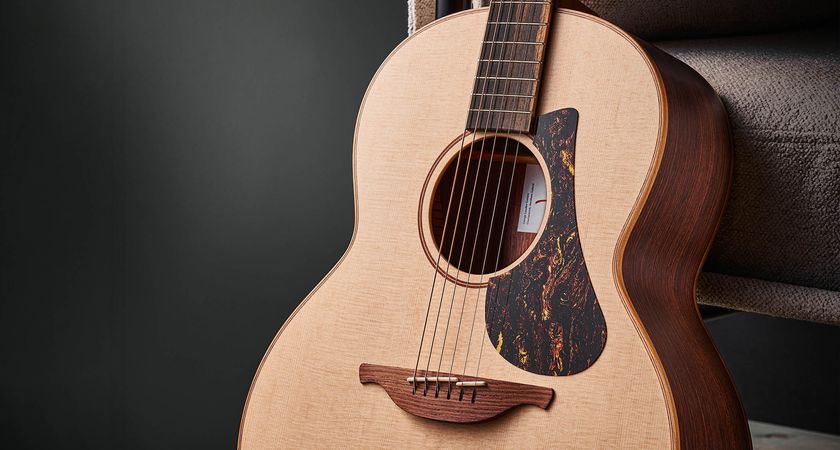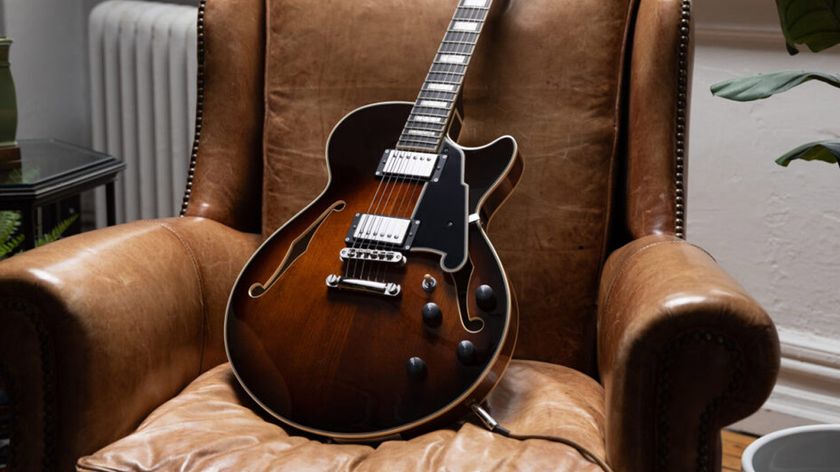Guitar World Verdict
If you want BBD analogue sound rather than a digital approximation of it then J Rockett’s Clockwork Echo is the real deal: that familiar vintage sound is right there, but it’s also bolstered by modern accoutrements so you don’t have to endure the limitations of vintage pedal design.
Pros
- +
An update on a classic; true analogue BBD sound.
- +
Good preamp tone with boost options.
- +
Tap tempo.
- +
Stereo operation.
- +
Expression pedal options.
- +
Adjustable and footswitchable modulation.
Cons
- -
The way the stereo output is configured won’t suit everyone.
You can trust Guitar World
The Deluxe Memory Man is a revered analogue delay pedal. First seen in the late 1970s and famously used by The Edge to craft the early U2 sound, various revised versions of it are still available from original manufacturer Electro-Harmonix.
Like many of the classics, though, that doesn’t mean that others can’t have a crack at creating an expanded or improved version, and J Rockett is the latest to take this on, with the advantage that it has original designer Howard Davis on its team. Four years in the making, the Clockwork Echo is now with us.
Now, while there’s a general consensus that an original vintage Deluxe Memory Man sounds great, it does have certain operational aspects that might be considered shortcomings: it’s a fairly big box for a start, it needs a 24-volt power supply, has no tap tempo, has wet and dry outputs rather than true stereo, and has rudimentary control over its modulation functions.
J Rockett has addressed all of that and created a pedal that uses classic analogue bucket brigade (BBD) chips for authentic sound while incorporating a degree of digital control. The Clockwork Echo has a very practical footprint, managing to fit its three footswitches into 133mm (slightly over five inches) of width.
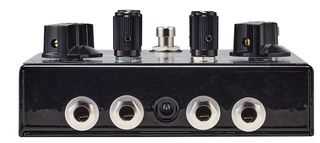
Besides the bypass footswitch, you get one for turning the modulation on and off and another for tap tempo. The pedal runs from a standard nine-volt supply so will work fine with all the usual pedalboard power distributors, but it has internal voltage conversion to 24 volts, maintaining the sonic integrity.
One thing that’s not affected by footswitching is the pedal’s Level knob, which is always active and capable of adding a permanent boost to your signal. Anything beyond its minimum position is a boost as the natural drive of the preamp makes a solid contribution to your tone.
You can set the Mix knob (which sets the blend between dry and wet signal, running from completely dry to fully wet) fully left and use the Clockwork Echo purely for tonal conditioning if desired, but we really like the way that the repeats sound crustier with robust setting of the Level knob.
Sounds
The delay is set up by standard Time and Repeats knobs. The delay time runs from doubling through slapback up to a maximum delay time of 600ms so should cover most practical playing needs, the repeats blending naturally into your sound with a trail that dissipates smoothly. Since this is an analogue delay, the repeats will take off into oscillation at a certain point of the Repeats knob, but there’s a sweet spot where you can set a really long trail of repeats before you reach that.
All the usual dub and sci-fi effects can be achieved by messing about with Time and Repeats knobs, but the pedal has a trick up its sleeve in that it can support the use of two expression pedals, one dedicated to each of those parameters – the Repeats one being particularly of use for taking things to the tipping point and pulling back.
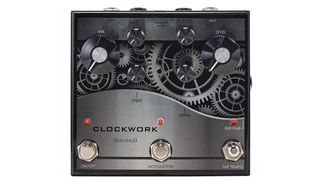
Perhaps what really set the Deluxe Memory Man apart from other delays was its integral modulation – a choice of chorus or vibrato and single-knob adjustment.
The Clockwork Echo, though, has much more nuanced control over it with dedicated Speed and Depth knobs, and the in/out footswitching, of course. If you set the delay time for a minimum amount, you can use the pedal purely for its modulation sounds, albeit with a touch of ambience unless the Mix knob is maxed.
There are some cool chorus, vibrato and rotary-style sounds available to be dialled in. But the magic lies where there’s a melding of the delay and modulation creating an overall atmosphere – whether the repeats have just a bit of tape echo-style wobble on them, mild chorus or a more obviously out-there effect.
Specs
- PRICE:
- ORIGIN: USA
- TYPE: Delay pedal
- FEATURES: True bypass
- CONTROLS: Mix, Level, Time, Repeats, Speed, Depth, bypass footswitch, Modulation footswitch, Tap Tempo footswitch
- CONNECTIONS: Standard input, standard outputs (L & R), expression pedal (Repeats), expression pedal (Delay Time)
- POWER: 9V adaptor, 30mA minimum (not supplied)
- DIMENSIONS: 133 (w) x 121 (d) x 55mm (h)
- CONTACT: J Rockett Audio
Trevor Curwen has played guitar for several decades – he's also mimed it on the UK's Top of the Pops. Much of his working life, though, has been spent behind the mixing desk, during which time he has built up a solid collection of the guitars, amps and pedals needed to cover just about any studio session. He writes pedal reviews for Guitarist and has contributed to Total Guitar, MusicRadar and Future Music among others.
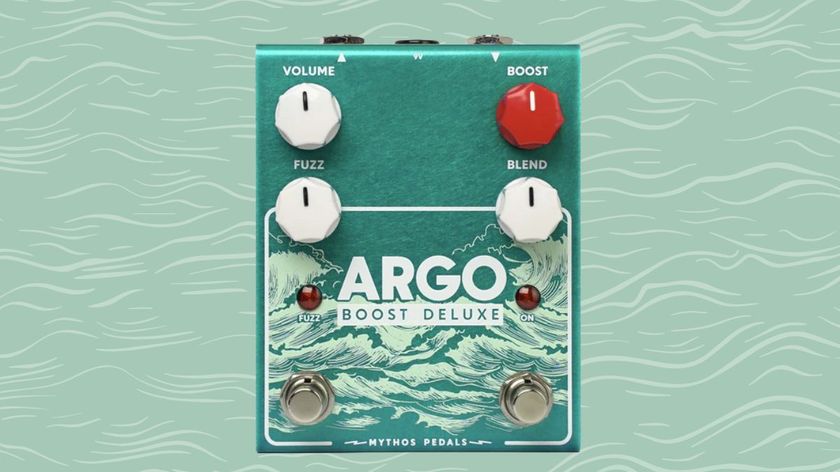
“All of a sudden, my occasional-use pedal has gone to something that can live on the ’board”: That Pedal Show’s Mick Taylor sparks inspired change that sees the Argo Boost Deluxe serve octave fuzz and boost tones in one unit
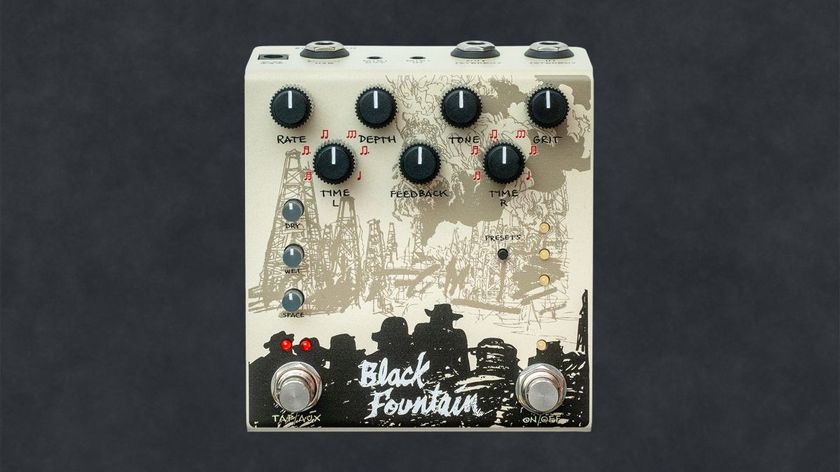
“Building on the pedal that put OBNE on the map”: Old Blood Noise Endeavors turns its flagship oil-can delay into a dark and mysterious “multi-tool”




